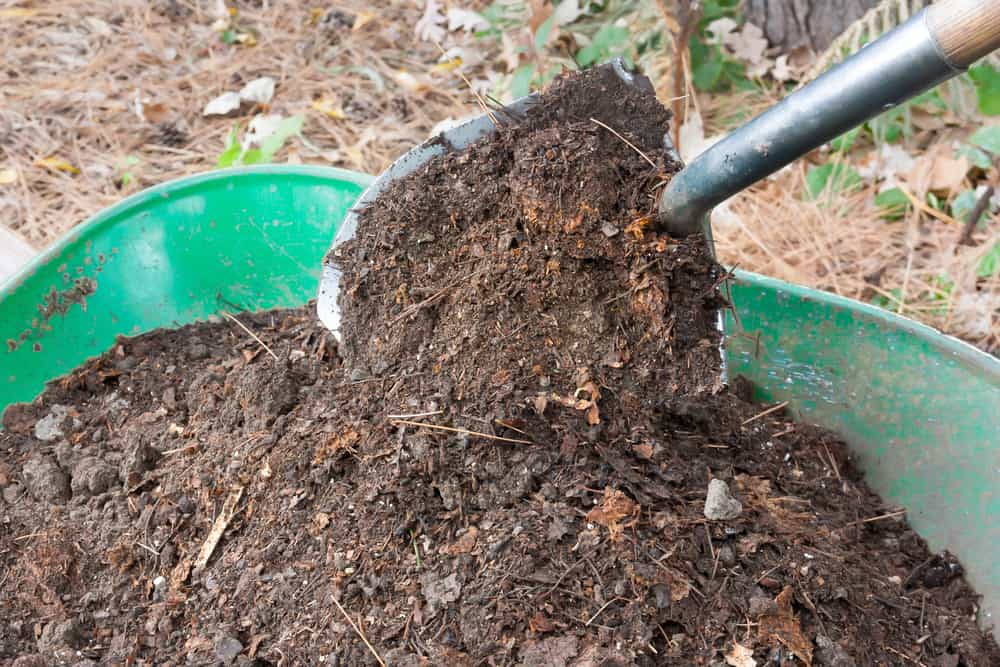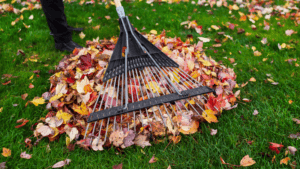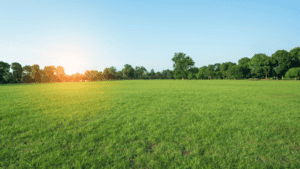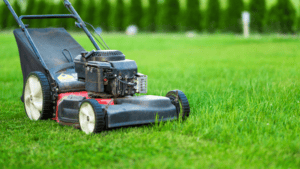Leaves are slowly but surely adding up on your lawn, so what do you do? You have a rake and leaf bags but that can be a pain and it takes time. Have you ever thought about composting your leaves? Composting has plenty of benefits for your lawn: it creates a soil conditioner, diverts up to 30% of household waste from the garbage, introduces beneficial organisms to the soil, it’s good for the environment, and it reduces landfill waste.
Composting isn’t just for leaves; you can compost several household waste items like coffee grounds, cardboard, dryer lint, eggshells, and fruit and vegetable scraps. Adding garden soil to your compost will mask any odors and microorganisms in the soil will accelerate the process of composting.
Since you know you can compost other items besides leaves and grass, now you will need to know how to compost. The first step is to start your compost pile. Starting the pile will allow worms and other beneficial organisms to aerate the compost. The second step is to lay twigs or straw down a few inches deep which helps drainage and helps aerate the pile. Next you will want to add the compost material(s) in layers alternating moist and dry materials. After adding the compost material(s), it’s time to add the manure, green manure (buckwheat, wheatgrass, clover, or grass clippings), or any nitrogen source. This will activate the pile and speed the whole process up. Make sure to keep it moist by watering or allowing the rain to keep it moist. Cover the pile with anything you have to retain moisture and heat, which are two very important things for composting. It will also prevent the pile from getting too wet from rain. Every few weeks you will want to turn the pile using a shovel or a pitchfork to aerate the pile. In order for the process to work, oxygen is required and the turning will add oxygen. Once your compost pile has been established, you can add materials to the pile. If you choose to add materials, do so by mixing them in instead of adding them in layers.
All compost materials are either carbon-based or nitrogen-based. The secret is create a working balance between the two, although there should be much more carbon than nitrogen. Carbon-based compost materials include carbon-rich matter gives compost it’s fluffy body. Some examples of carbon-based materials are branches, coffee filters, eggshells, straw, and dried leaves. Nitrogen-based compost materials are nitrogen or protein rich matter such as green leaves and lawn clippings, manures and food scraps. A simple rule of thumb for composting is to use ⅓ green materials and ⅔ brown materials.
Some simple tips for successful composting include:
- Activate your compost.
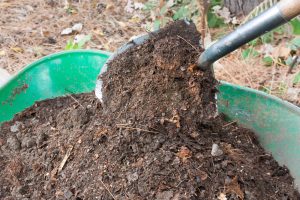
- Cover exposed fruit and vegetable scraps.
- Add wet materials gradually to the pile.
- Break up clumps with a pitchfork.
- Bar entry from animals.
- Compost should be used as an additive only.
Composting may seem like hard work, but it has plenty of benefits to make it worth it. Plus, a lot of the work you need to do is over time, so as long as you maintain your compost pile using the steps above, you should be able to successfully compost your leaves, lawn clippings and other materials.
For more on how to make fall cleanup easier and more effective, check out some of these other blogs from Snappy’s Outdoor Equipment. Also, for all your lawn and landscaping needs, head to our store at 2120 N. Dixie Highway in Lima. We have all the lawn equipment you need to make fall cleanup a snap.
